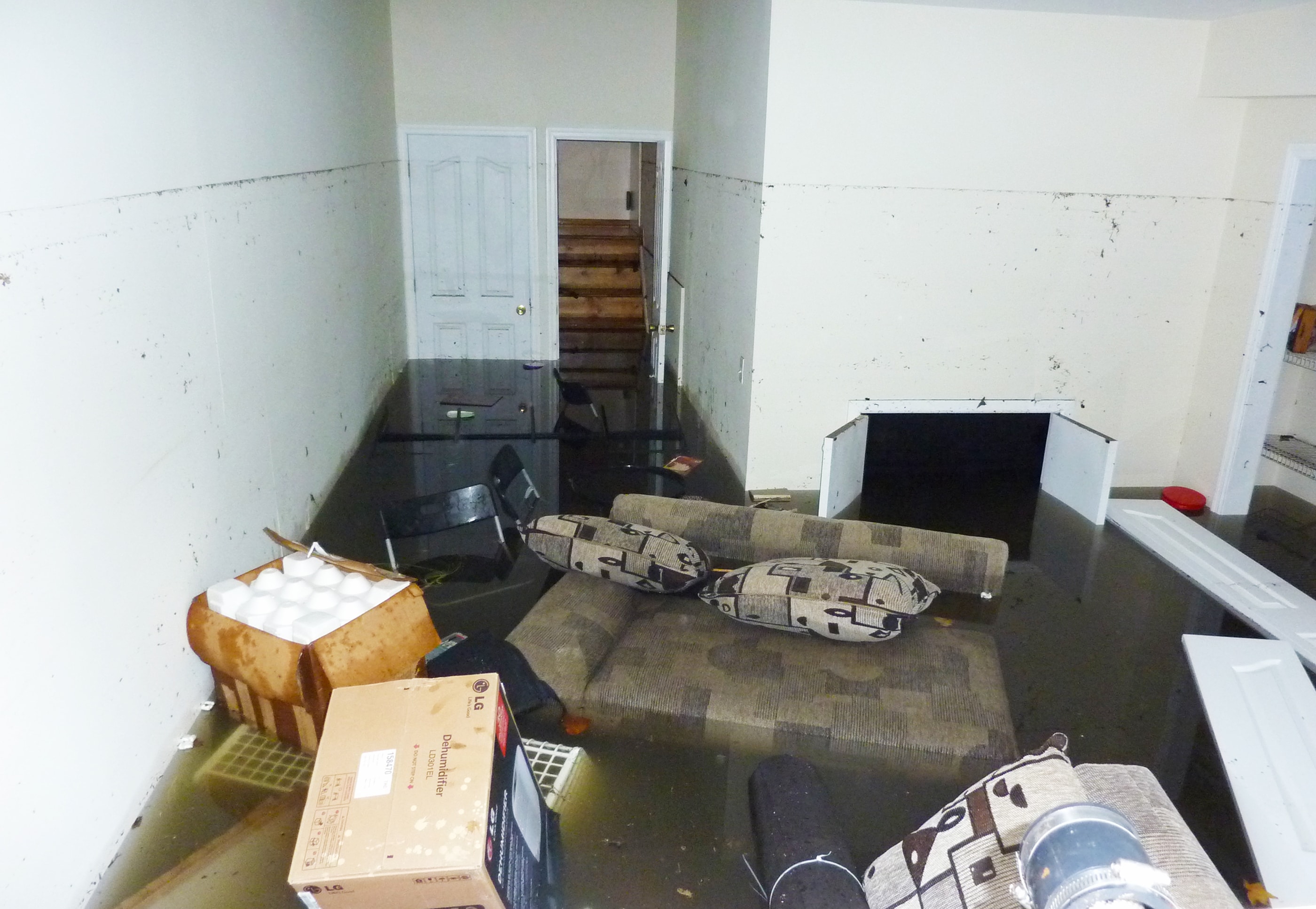Granted, it doesn’t get below freezing very often here in Florida, so thinking about frozen and bursting pipes probably isn’t at the forefront of your property checklist. Still, with the recent hard freeze events, and the fact that most Floridians do not have properly insulated pipes, Claims Pro USA thought we would share some tips to prevent, and deal with, damaged pipes from a hard freeze. Burst pipes are one of the most common causes of property damage during sudden temperature drops and can cause thousands of dollars in property water damage. So why not be on the cautious side?
The “temperature alert threshold” for frozen pipes is 20° F and is most dangerous to uninsulated pipes running through uninsulated spaces such as attics and garages. However, did you know that even pipes running through cabinets or exterior walls of your home or business can freeze? Thankfully, there are safe and relatively cost-effective ways to help prevent your pipes from freezing and others to help thaw them out if they do happen to freeze.
First and foremost, keep garage doors closed, especially if there are water supply lines in the garage. Second, open kitchen and bathroom cabinet doors to allow warmer air to circulate around the plumbing (if you have small children, be sure to remove any harmful cleaners and household chemicals kept beneath sinks). Also, let cold-water steadily drip from interior faucets and those served by exposed pipes. Running water through the pipe, even at a slow trickle will help prevent pipes from freezing.
In the unfortunate event that your pipes freeze be very careful when thawing them out. If the water is still steadily dripping from the faucets you left running, and no pipes have obviously burst, you can turn on the cold water to full flow. The running water will warm the frozen sections and any ice plug will begin to melt allowing the water to flow through freely. Yes, even cold water will help melt the ice inside of a frozen pipe in many cases. In the event of pipes that are still frozen (and are safe to access) you can apply heat using an electric heating pad wrapped around the pipe, an electric hair dryer’s warm stream of air, wrapping towels soaked in hot water, or, if one is available, safely using a portable space heater (kept away from flammable materials.) Apply any of these heat treatments until full water pressure is restored, being sure to check all other faucets in your home to see whether you have additional frozen pipes. Keep in mind that if one pipe freezes, others may have frozen as well and the same care needs to be taken for all.
If the Worst Happens
That worst case scenario would be if a pipe(s) burst(s) because of the frozen water expanding from within. If this happens the water may come flowing out and flood your home. If this happens, turn off the water at the main shutoff valve, which is usually at the water meter or where the main line enters the house and immediately call a plumber. In case you cannot close, or locate, the main valve you can call your local water utility company and ask for emergency assistance.
Do not hesitate to call a licensed plumber if you are unable to locate the frozen area, the frozen pipe section is not safely accessible, or if you cannot safely thaw the pipe. If you do experience property damage because of a burst pipe and plan to file an insurance claim, call Claims Pro USA because we can help! As independent Public Adjusters, we are not tied to the insurance company’s hectic schedule. Fill out the Quick Contact form in the footer of our website or call us at 1-833-CLAIM01 for a free inspection and consultation.

